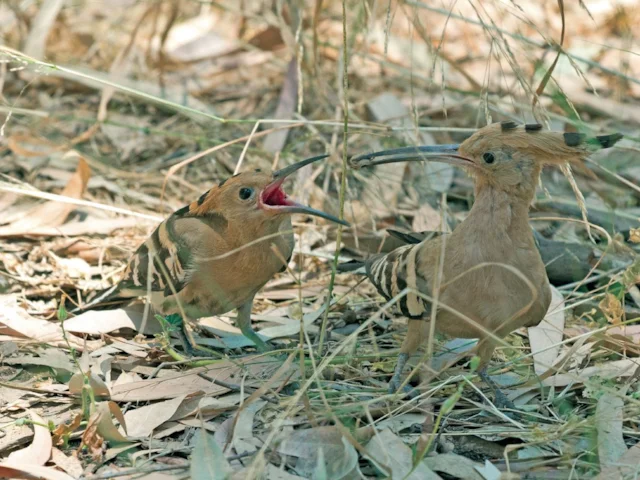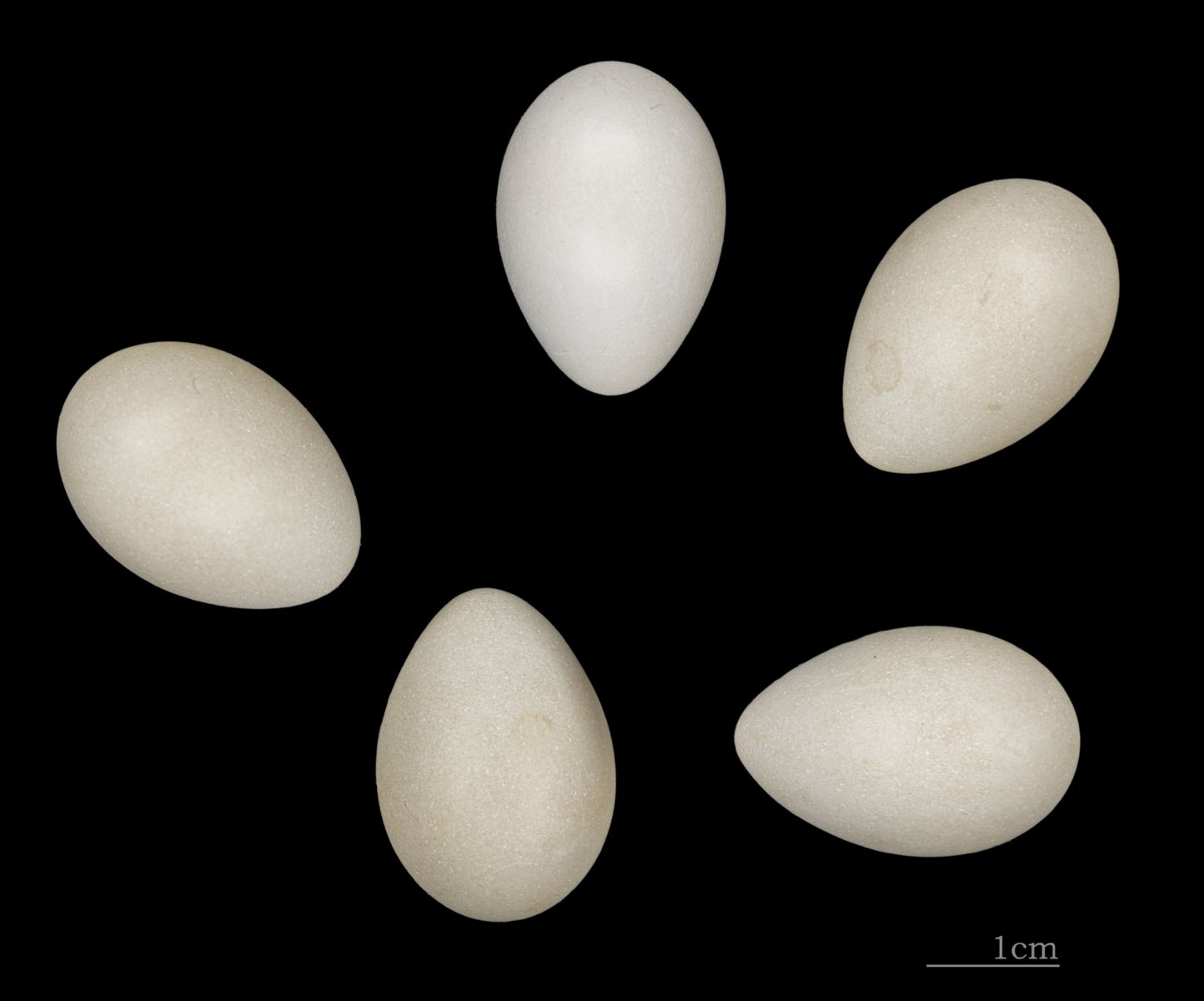Hoopoes protect eggs with bacteria
506e9e0d-b4ed-4eef-891f-7ff48e83d919

A special secretion helps increase the successful hatching of Hoopoe eggs, a study has discovered.
Researchers from the University of Granada, Spain, have found that, to increase the rate of successful hatching, Hoopoes cover their eggs with a unique self-produced secretion loaded with bacteria, which is then retained by a specialised structure in the eggshell. The species is the only bird known to exhibit this mechanism to protect its eggs from infection.
The team's methods included preventing several female Hoopoes from covering their eggs with the secretion, which is produced from the birds’ uropygial gland, the oil or preen gland at the base of the tail. Their results showed that the amount of pathogenic bacteria found inside eggs which failed to hatch was higher than in those in which the females were allowed to cover their eggs with the secretion. This led to the conclusion that that the secretion provides a barrier for the entry of pathogens into the interior of the egg.
The studies found that Enterococcus bacteria found in the secretion are beneficial to the developing embryos. The two were directly correlated and showed that the higher the number of these bacteria found within the eggshells and females’ secretion, the higher the rate of successful hatching.
Zoology professor, Manuel Martín-Vivaldi, one of the authors of the paper, commented that the study showed “the important role played by bacteria, not just as infectious agents capable of producing diseases, but also as allies of animals in their struggle against disease, due to their extraordinary capacity to synthesise compounds with antimicrobial properties.”
The research also revealed that Hoopoe eggs also demonstrate another exceptional property that has not been found in other bird species. The shell is characterised by many small depressions which appear designed to retain the fluid secretion which covers the egg.
Martín-Vivaldi concluded: “We have been able to establish that if females use their secretion towards the end of the incubation period, those tiny craters are full of a substance saturated with bacteria. If we preclude the use of this secretion, these tiny craters appear empty towards the end of the hatching process.
“These results prove Hoopoe’s reproductive strategy has evolved hand in hand with the use of bacteria, which may be beneficial for the production of antimicrobial substances, which they cultivate in their gland and then apply to eggs which are specifically endowed to retain those substances.”
Reference
Martín-Vivaldi, M, Soler,J J, Peralta-Sánchez, J M, Arco, L, Martín-Platero, A M, Martínez-Bueno, M, Ruiz-Rodríguez, M, and Valdivia, E. 2014. Special structures of hoopoe eggshells enhance the adhesion of symbiont-carrying uropygial secretion that increase hatching success. Journal of Animal Ecology 83: 1289 DOI: 10.1111/1365-2656.12243.
Researchers from the University of Granada, Spain, have found that, to increase the rate of successful hatching, Hoopoes cover their eggs with a unique self-produced secretion loaded with bacteria, which is then retained by a specialised structure in the eggshell. The species is the only bird known to exhibit this mechanism to protect its eggs from infection.
The team's methods included preventing several female Hoopoes from covering their eggs with the secretion, which is produced from the birds’ uropygial gland, the oil or preen gland at the base of the tail. Their results showed that the amount of pathogenic bacteria found inside eggs which failed to hatch was higher than in those in which the females were allowed to cover their eggs with the secretion. This led to the conclusion that that the secretion provides a barrier for the entry of pathogens into the interior of the egg.
The studies found that Enterococcus bacteria found in the secretion are beneficial to the developing embryos. The two were directly correlated and showed that the higher the number of these bacteria found within the eggshells and females’ secretion, the higher the rate of successful hatching.
Zoology professor, Manuel Martín-Vivaldi, one of the authors of the paper, commented that the study showed “the important role played by bacteria, not just as infectious agents capable of producing diseases, but also as allies of animals in their struggle against disease, due to their extraordinary capacity to synthesise compounds with antimicrobial properties.”
The research also revealed that Hoopoe eggs also demonstrate another exceptional property that has not been found in other bird species. The shell is characterised by many small depressions which appear designed to retain the fluid secretion which covers the egg.
 |
| A clutch of Hoopoe eggs in a museum; the pitted surface can just about be seen. Photo: Didier Descouens (commons.wikimedia.org). |
Martín-Vivaldi concluded: “We have been able to establish that if females use their secretion towards the end of the incubation period, those tiny craters are full of a substance saturated with bacteria. If we preclude the use of this secretion, these tiny craters appear empty towards the end of the hatching process.
“These results prove Hoopoe’s reproductive strategy has evolved hand in hand with the use of bacteria, which may be beneficial for the production of antimicrobial substances, which they cultivate in their gland and then apply to eggs which are specifically endowed to retain those substances.”
Reference
Martín-Vivaldi, M, Soler,J J, Peralta-Sánchez, J M, Arco, L, Martín-Platero, A M, Martínez-Bueno, M, Ruiz-Rodríguez, M, and Valdivia, E. 2014. Special structures of hoopoe eggshells enhance the adhesion of symbiont-carrying uropygial secretion that increase hatching success. Journal of Animal Ecology 83: 1289 DOI: 10.1111/1365-2656.12243.

